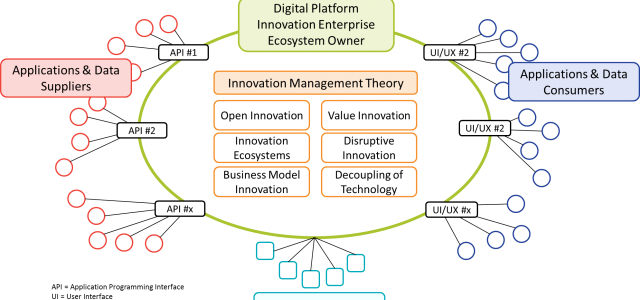Too many organisations get sucked into focusing on the last-click metric, says MeetTheBoss TV’s Ben Thompson. So is there a better approach to attribution?
The last few years has seen an explosion of marketing touchpoints, which has added layers of complexity to what was, until recently, a relatively simple marketing funnel. The modern customer is exposed to countless different influences on their way to making a purchase; according to recent research, we are now each bombarded by in excess of 5,000 marketing messages every day.
Which poses a problem. With so much going on, the majority of marketers can’t say with certainty exactly how well a channel or touchpoint performed during each customer’s purchase process. And this means they can’t say whether or not they’re effectively spending their budget and optimising their revenue.
Too many organisations get sucked into focusing on the last-click metric: whichever channel or touchpoint actually got a particular prospect over the line. But the simple fact is that in today’s complex purchasing journey, it’s rare for consumers to decide to buy what you’re selling on the basis of one simple interaction, that last click. Conversion typically only occurs after that consumer has absorbed information from multiple different sources, across many different channels, and it becomes hard to determine when and where the most influential interactions in that journey took place.
Understanding the journey better would be a start, which is where customer journey mapping comes in. A customer journey map is a visual representation of all the points at which the customer interacts with your brand on his or her path to purchase. Every step on the map is an opportunity: a chance for your brand to show the customer that they know their interests, preferences and history.
Combine that with advanced analytics and site tracking tools to help map out every single marketing effort and how it influences that customer behaviour, and you can start to better attribute which touchpoint is contributing what to revenue and conversions. Instead of dwelling on clicks in isolation, you can look at your marketing more holistically, enabling you to gain greater insight into the overall customer journey, optimise future campaigns, and (perhaps most importantly) spend those all-important marketing dollars more wisely.
Article by channel:
Everything you need to know about Digital Transformation
The best articles, news and events direct to your inbox
Read more articles tagged: Featured






